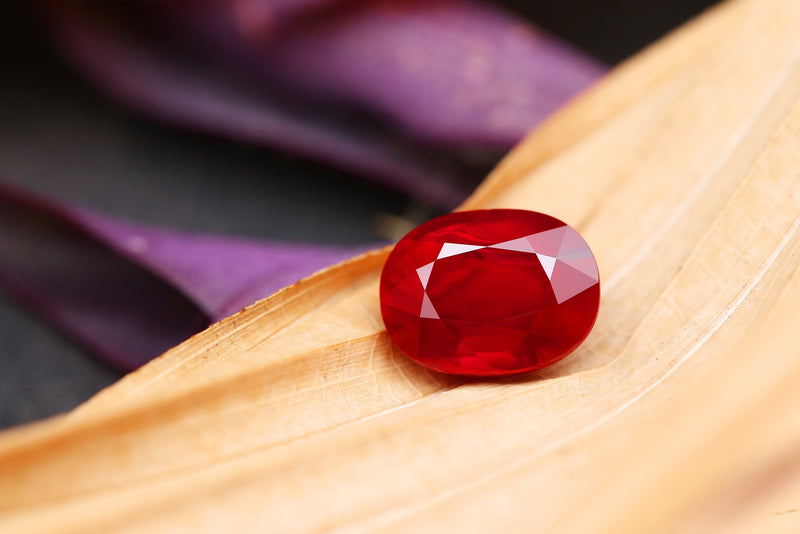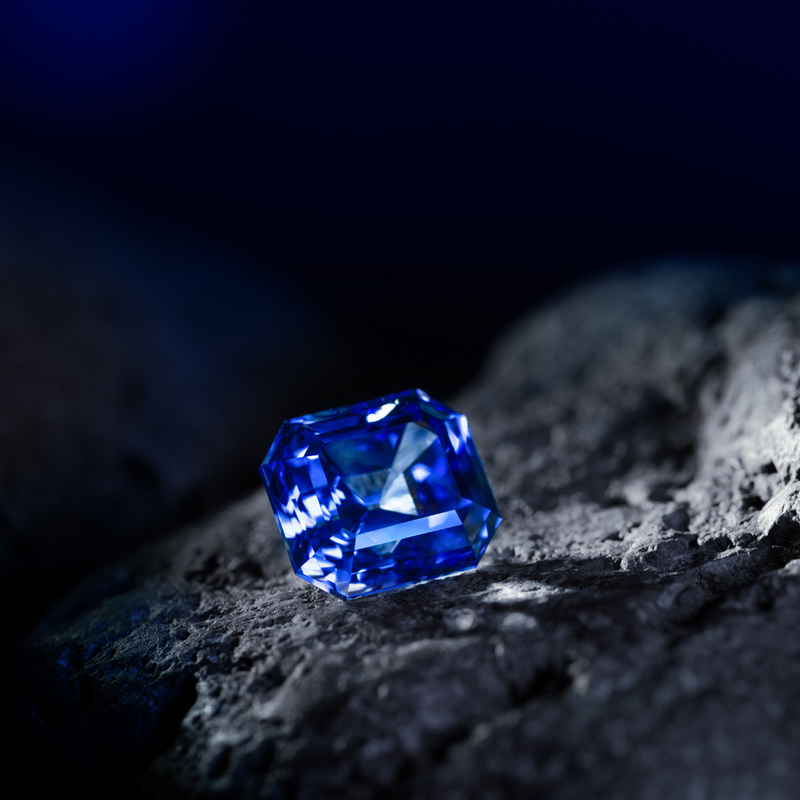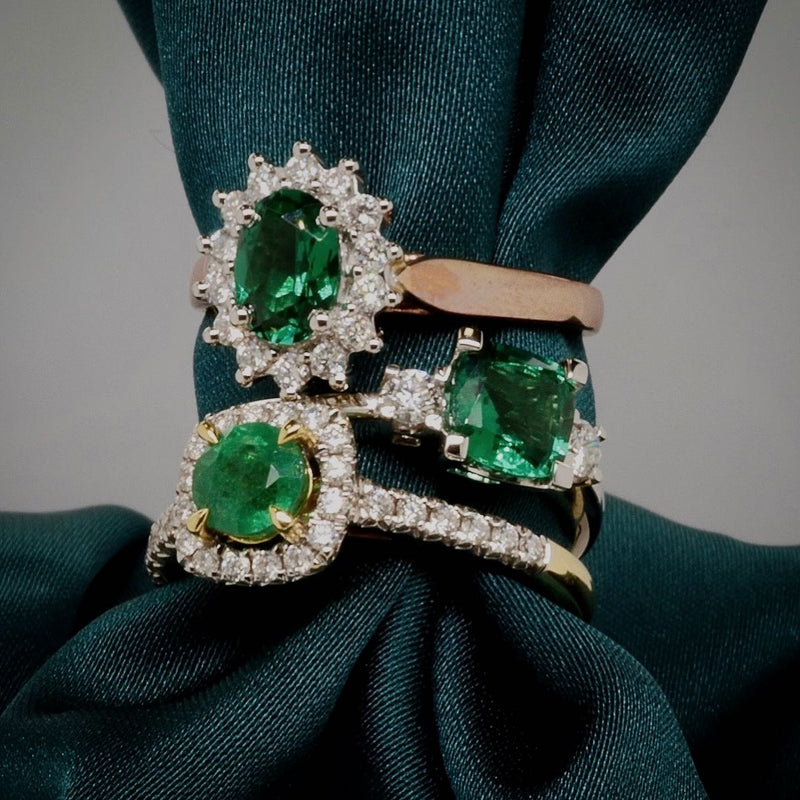
In the realm of gemstones, few can rival the ravishing ruby. Standing as one of the most coveted gems, these captivating crimson crystals possess a rarity that surpasses even the more-famed diamond. The surge in their prices might leave you pondering the reasons behind this phenomenon.
To demystify the enigma of rubies, we turn to Ben, the creative director at Duffs Jewellers, who shares answers to your burning questions about these precious red gems.
What gives rubies their popping red colour?
Rubies get their rich red colour from the presence of chromium within the crystal structure of the gemstone. Chromium, when introduced during the formation process of the aluminium oxide mineral corundum (of which ruby is a variety), causes the red hue. The specific shade of red can vary, with factors like the amount of chromium and other trace elements influencing the intensity and undertones.
Where do rubies come from?
Most ruby deposits are found in Asia. The best-quality “pigeon-blood” red most people associate with rubies, come mostly come Myanmar (previously known as Burma).
Mozambique in south-east Africa, has also emerged as a significant and reputable source of rubies, however the colour tends to be on the darker side, with an almost reddish-brown hue.
Thailand was a significant player in the global ruby market for many years, producing rubies with more of a purple tinge. However this source has virtually dried up and Thailand is now known as a centre for cutting and treating rubies.
Why are rubies so rare?
Part of the reason rubies are becoming rarer and more expensive is that the host mineral (corundum) typically doesn’t grow all that large. So to find large rubies with good colour saturation is quite rare.
One of the world’s biggest rubies is the “Sunrise Ruby” a whopping 25 carat vibrant red Burmese ruby that sold for $US 30.4 million back in 2014.
What treatments are applied to rubies?
Most rubies are heat-treated, a process that helps melt away some of the fine “silk inclusions” and create a more even colour. This is a common and accepted practice in the industry.
What is the significance of rubies?
Historically, rubies have been associated with royalty, adorning kings and queens as symbols of wealth and power. In healing, rubies are believed to boost energy, stimulate the heart and promote vitality. They also have spiritual significance in some traditions.
Ruby is July’s birthstone as well as the celebration gemstone of 15th and 40th wedding anniversaries.
What alternatives are there to natural rubies?
Lab-grown rubies are starting to emerge in the market to meet demand, particularly for larger gemstones. As with lab-grown diamonds, they will fill a gap in the market as the earth-mined stones become rarer and more expensive. Watch this space!
Watch our video learn more about rubies and hear Ben’s riveting ruby story from the Hong Kong jewellery trade fair.


